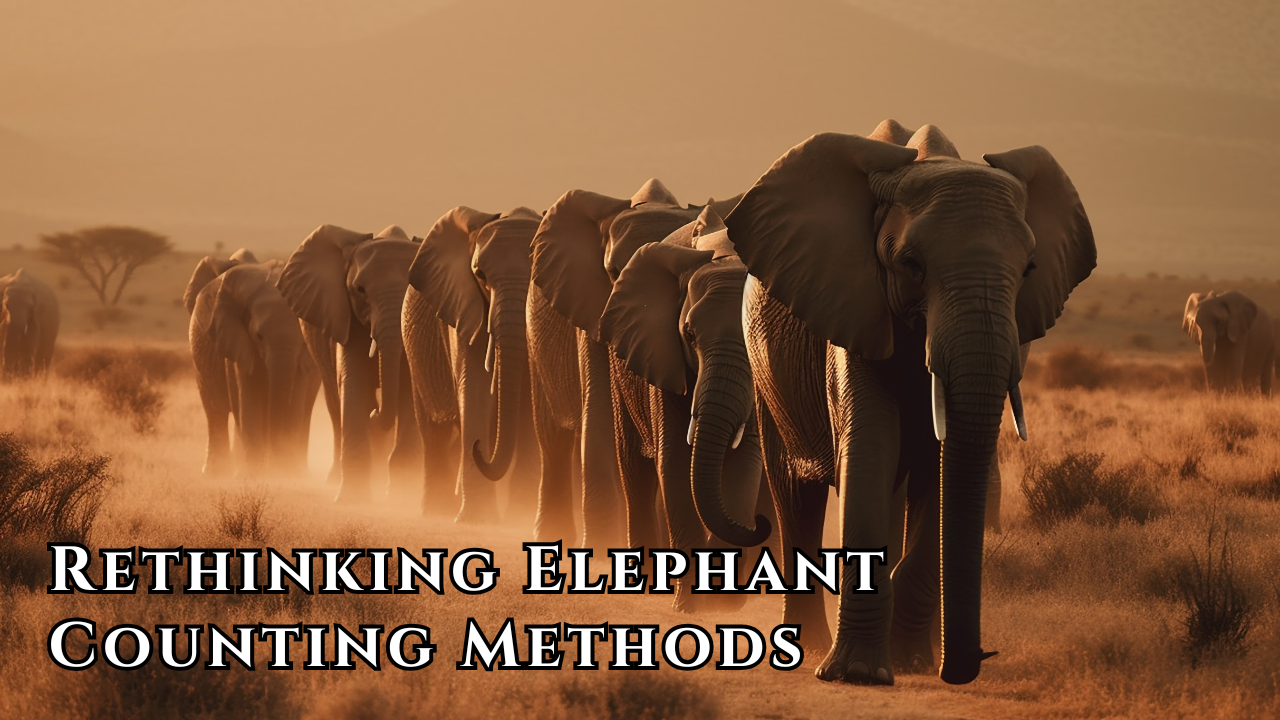Font size:
Print
Anaemia Mukt Bharat (AMB) Strategy
Context:
The government implements the Anaemia Mukt Bharat strategy to reduce the prevalence of anaemia among six beneficiary age groups.

More on the news:
The six beneficiary age groups targeted are:
- Children aged 6-59 months, children aged 5-9 years, adolescents aged 10-19 years, women of reproductive age (15-49 years), pregnant women, and lactating women.
- The 6X6X6 strategy includes six key interventions:
- Prophylactic Iron Folic Acid supplementation, periodic deworming, an intensified year-round Behaviour Change Communication Campaign, testing for anaemia using digital invasive hemoglobinometer and point-of-care treatment, mandatory provision of Iron Folic Acid fortified foods in public health programmes, and addressing non-nutritional causes of anaemia in endemic areas.
- Six institutional mechanisms support this strategy.
- The progress of the AMB strategy is measured by the coverage of Iron-Folic Acid (IFA) among beneficiaries.
Mission Poshan 2.0
- Mission Poshan 2.0 is a flagship programme of the Government of India designed to address malnutrition and improve health, wellness, and immunity.
- The programme focuses on improving maternal nutrition, adhering to infant and young child feeding norms, treating Severe Acute Malnutrition (SAM) and Moderate Acute Malnutrition (MAM), and promoting wellness through AYUSH practices to reduce wasting, underweight, stunting, and anaemia.
- Supplementary nutrition is provided to children aged 6 months to 6 years, pregnant women, lactating mothers, and adolescent girls aged 14-18 years in aspirational districts and North-East States to bridge nutritional gaps.
- During Poshan Maahs in September and Poshan Pakhwadas in March-April, dedicated activities for raising awareness about anaemia are conducted.
Rice Fortification Initiative:
- The government is supplying fortified rice enriched with iron, folic acid, and vitamin B12 under the Rice Fortification Initiative.
- Implemented across various schemes, including the Targeted Public Distribution System (TPDS), the Pradhan Mantri Poshan Shakti Nirman (PM-POSHAN) Scheme, the Integrated Child Development Services (ICDS) Scheme, and Other Welfare Schemes (OWS) in all States and Union Territories.
- Custom-milled rice is being replaced with fortified rice in every government scheme.
|
Nutritional Security of Women and Children through Anganwadi Centres: Importance:
Saksham Anganwadi & Poshan 2.0 Programme:
|
About Anaemia:
- Anaemia is a condition in which the number of red blood cells or the haemoglobin concentration within them is lower than normal.
- Haemoglobin is crucial for oxygen transport, and insufficient red blood cells or haemoglobin impairs the blood’s ability to deliver oxygen to the body’s tissues.
- This can lead to symptoms such as fatigue, weakness, dizziness, and shortness of breath.
Anaemia can be caused by several factors, including:
- Nutrient deficiencies: Inadequate diets or poor absorption of essential nutrients.
- Iron deficiency is the most common nutritional cause of anaemia, though deficiencies in folate, vitamins B12, and A also play significant roles.
- Other Causes: Infections, Inflammation, Chronic diseases, Gynaecological and obstetric conditions, and Inherited red blood cell disorders.
According to WHO, anaemia is a serious global public health issue, especially affecting:
- Young children: Approximately 40% of children aged 6–59 months are anaemic.
- Pregnant women: About 37% are affected.
- Women of reproductive age: Approximately 30% of women aged 15–49 years are anaemic, according to WHO estimates.
|
Case Study: Baramulla and Gumla progress from ‘Aspiration’ to ‘Transformation’:
|

